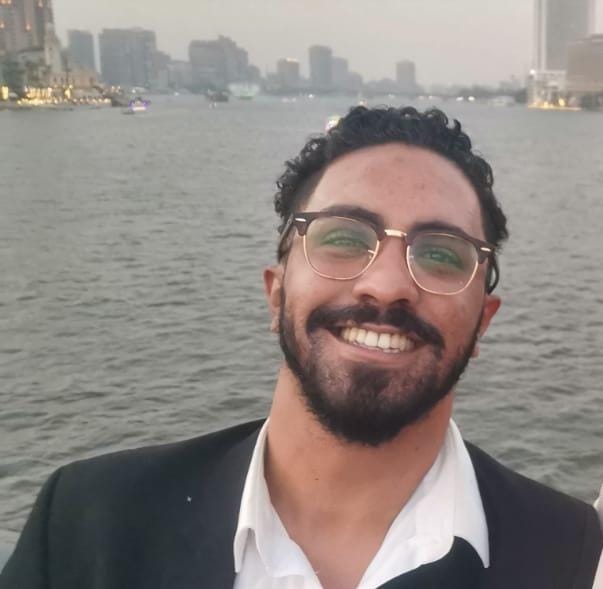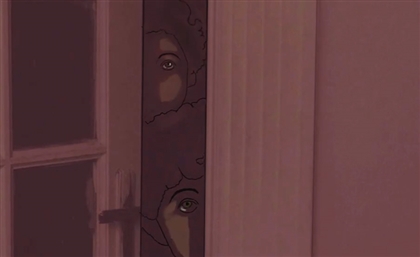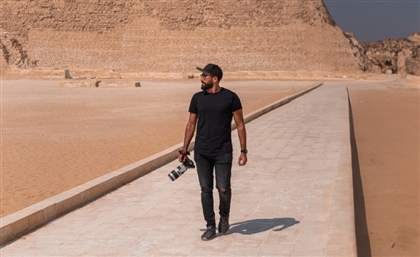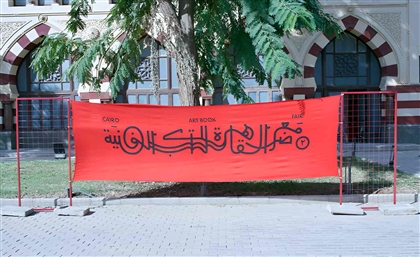An Illustrious Life, An Illustrative Artist: Helmi El-Touni Remembered
An illustrator, graphic designer and calligrapher, Helmi El-Touni passed away on 7 September 2024 at 90 years of age.
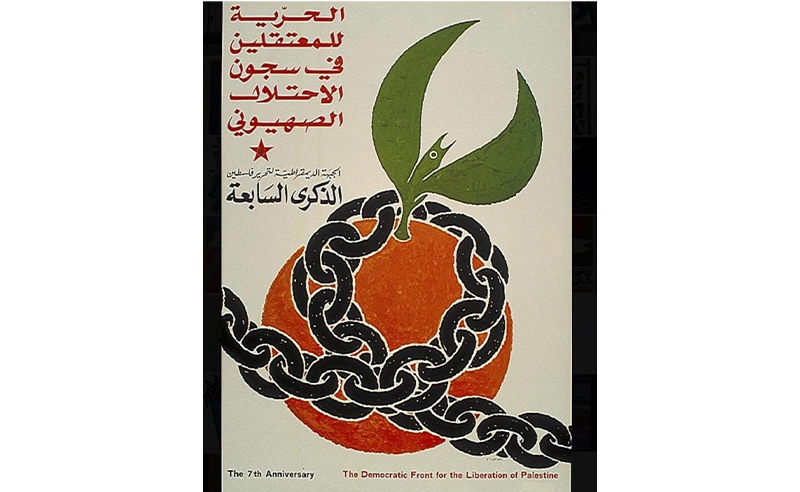
Amongst a plethora of Egyptian fine artists, Helmi El-Touni’s name stands out as a politically and socially motivated illustrator, calligrapher and graphic designer who used his social and political convictions to create a homegrown, modernist Arab illustrative template. The recently deceased illustrator was a vanguard of the modern Egyptian fine arts scene, with his work exemplifying an entire generation of artists, and his work adorning the covers of many modern Egyptian classic books.
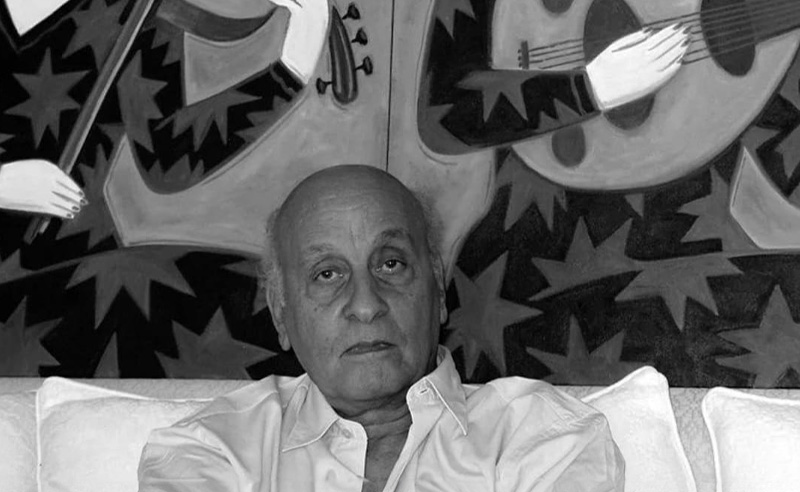
His death at the age of 90 years old on September 7th, 2024 was met with moving tributes from famed names from across the region’s art world, as well as from his students, peers and friends. Minister of Culture Dr. Ahmed Fouad Hano hailed El-Touni’s legacy in a tribute stating, “We have lost a guardian of Egyptian identity, one who shaped the consciousness of an entire generation with his immortal artworks, leaving behind indelible marks on the artistic scene in Egypt. His artworks enriched Egyptian visual culture throughout the decades.”
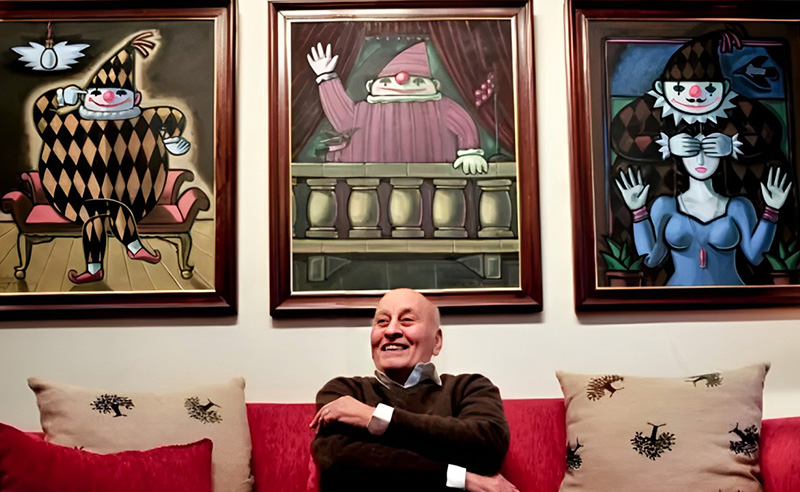
Born in Beni Suef on April 30th, 1934, El-Touni worked towards a fine arts degree at Cairo University and graduated in 1958. Upon his graduation, the young El-Touni went on to work as an illustrator at some of Egypt’s leading artistic magazines and journals, including the iconic weekly arts magazine, El Kawakeb, as well as the famed Dar El Hilal publishing house, where his illustrations would become the cover art for some of the region’s most celebrated authors.
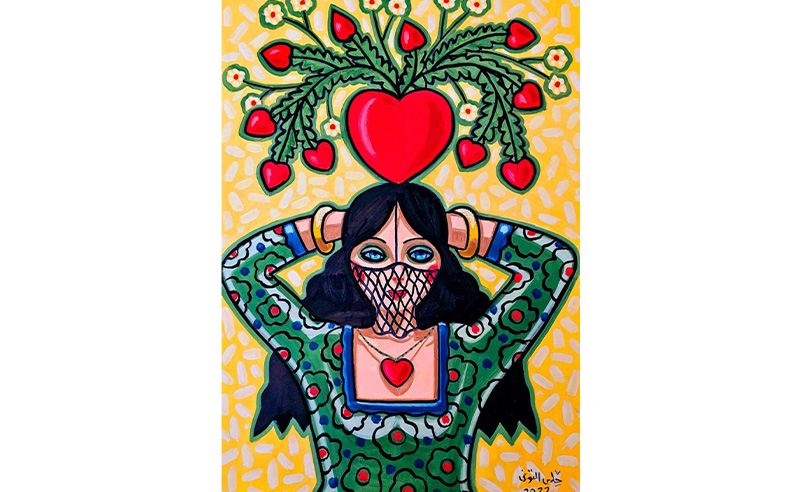
Here, El-Touni would hone his talent and create his iconic illustrative legacy incorporating aspects from folkloric art, depicting scenes of traditionally attired Egyptian women from the countryside as well as more politically-influenced images. El-Touni’s work is recognisable especially in its constant portrayal of women - his work focused on raising the image of the every-woman, the working woman, the peasant woman. Politically motivated in its inception, El-Touni described himself as an “an artist for women, and an advocate for women, and a champion of all minorities and the oppressed.”
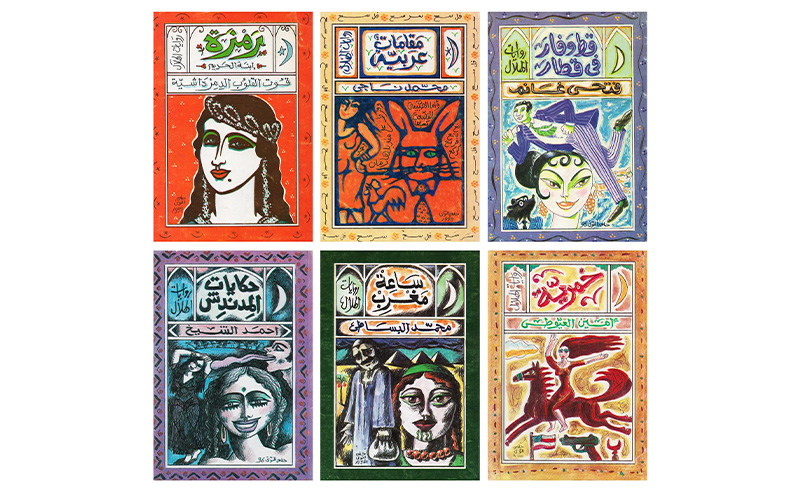
On his artistic milieu, Moe Elhosseiny notes on El-Touni in his article entitled ‘The View From Cairo: how Helmi Eltouni’s al-Hilal book covers carved a modern Arab aesthetic’: “He belongs to a generation of Egyptian graphic artists that attempted to articulate Arab-modernist aesthetics during the second half of the 20th century. This was a time marked by an Arab anti-colonial artistic and intellectual fervour to resist the Euro-American aesthetic and cultural hegemony which was proliferating in the Arab world through mass-printed media.”
As an artist, El-Touni also dedicated himself to the leftist Arab causes which drew in much of the region’s intelligentsia at the time. Focusing on the plight of the downtrodden, the working man, and the Palestinian cause, he would produce some of the most recognisable political posters, and other political paraphernalia. “I practise compassion culturally, by being of the people,” El-Touni would comment on his popularly inspired oeuvre.
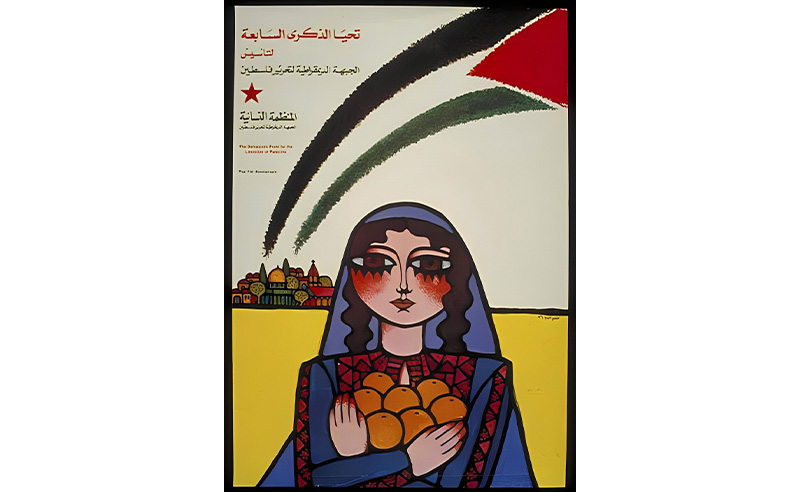
Exiled to Beirut during the Presidency of Anwar El Sadat due to his leftist tendencies, El-Touni returned to Cairo in 1983 where he resumed his role as art director at Dar El Hilal. Upon his return, his work had taken a sharper turn towards traditional Arab artistic traditions - his time in Beirut, then home to the headquarters of numerous of the region’s communist and socialist parties, had inspired him to create an artistic tradition that embraced the region’s rich and vibrant artistic heritage as an expression of cultural anti-colonialism. On his exile in Lebanon, El-Touni would comment, “In Beirut, I learnt lessons far greater than just art, but also on humanity and politics.” Affected by the lessons learnt in Beirut, El-Touni began to employ a range of motifs from Islamic and Coptic manuscripts, calligraphy (specifically the Mamluki Thuluth script) and Pharaonic symbolism. Merging the modern and the ancient, El-Touni became a pioneer of a type of art that was characteristic of the 20th century arts world in Egypt.
Over his illustrious decades-long career, El-Touni exhibited his works at numerous shows in his native Egypt as well as abroad. His 2008 exhibition ‘Oum Kalsoum, the Fourth Pyramid’ was notably installed at Paris’s Institut du Monde Arabe. A comprehensive retrospective of El-Touni’s work entitled ‘El-Touni: A Design Retrospective’ was held at the AUC’s Sharjah Art Gallery where Bahia Shehab, associate professor of professional practice in the Department of the Arts noted about his work, “El-Touni’s books and illustration have already been a part of our everyday life for the past five decades. What we are doing in this exhibition is recognizing them as important and highlighting them as an integral aspect of our identity as Arabs.”
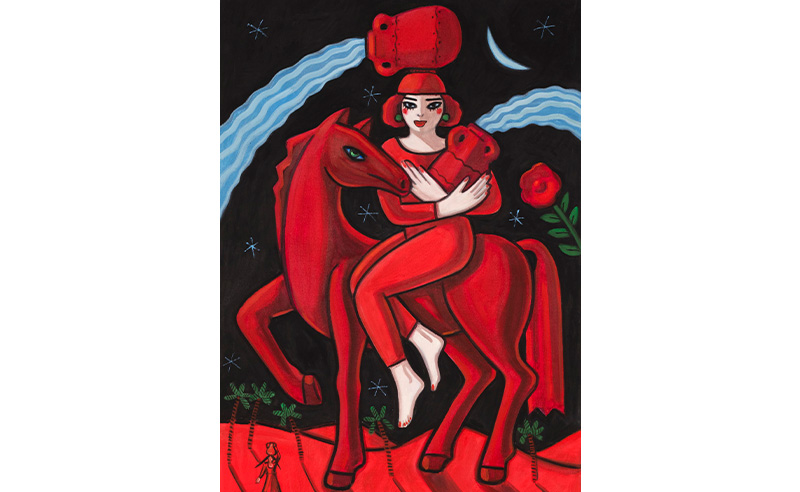
El-Touni’s works were exhibited at Zamalek’s Picasso Gallery 23 times. “His canvases were a tapestry of love for Egypt, each stroke a testament to his profound connection and unwavering dedication to his craft,” Nagwa Ibrahim, Director of Picasso Gallery, tells CairoScene. “All who knew him affectionately called him ‘The Joy Maker’, for he crafted not just art but emotions that wrapped around us like a warm embrace. Though he may have bid farewell to this world, his art, his passion, his very essence lingers on. In every stroke, in every hue, in every vivid detail. El-Touni was not just an artist, but a mentor.”
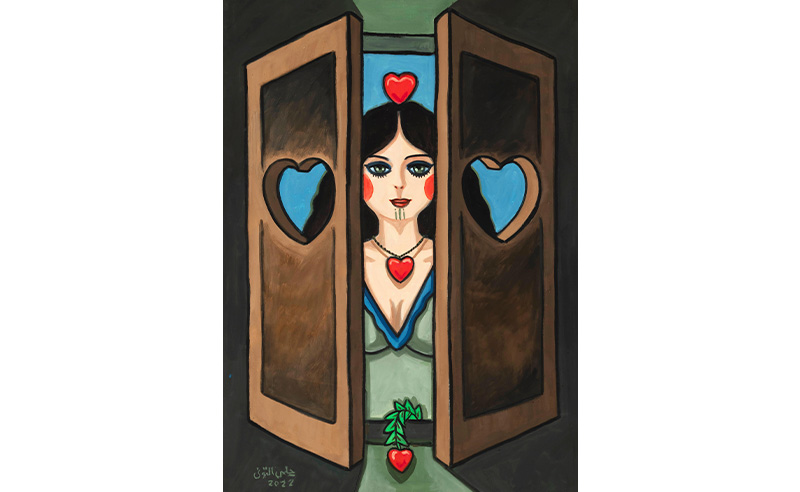
A recipient of numerous awards and accolades over the course of his life, including the UNICEF Award for a poster for the International Year of the Child in 1979, El-Touni stands out as the first Egyptian to have received a non-Arab illustration award, which he accepted from the Leipzig Book Fair in 1982. His other awards include from the Beirut Arabic Book Fair (1977 and 1979), the Cairo International Book Fair Prize (1998), the first prize in the Suzanne Mubarak Competition for Children’s Literature (1999 and 2000), and the Bologna Ragazzi New Horizons Award (2002).
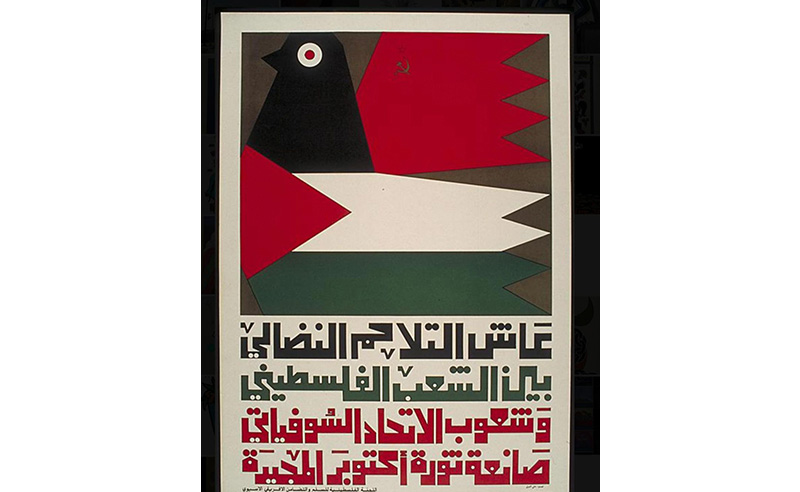
A pioneer, an artist, a visionary, and a keen political mind, El-Touni will be remembered as much for his artistic works, as much as for his caring approach as a teacher which nurtured generations of younger artists. As El-Touni once said about his artistic identity: “I’m a singer, not a painter. I sing through my paintings.”
- Previous Article Italian-Palestinian Duo No Input Debuts Eponymous Electro EP
- Next Article Travel Across History on Egypt's Most Iconic Bridges
Trending This Week
-
Dec 12, 2025







